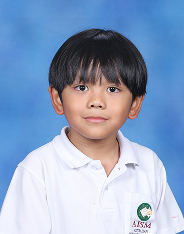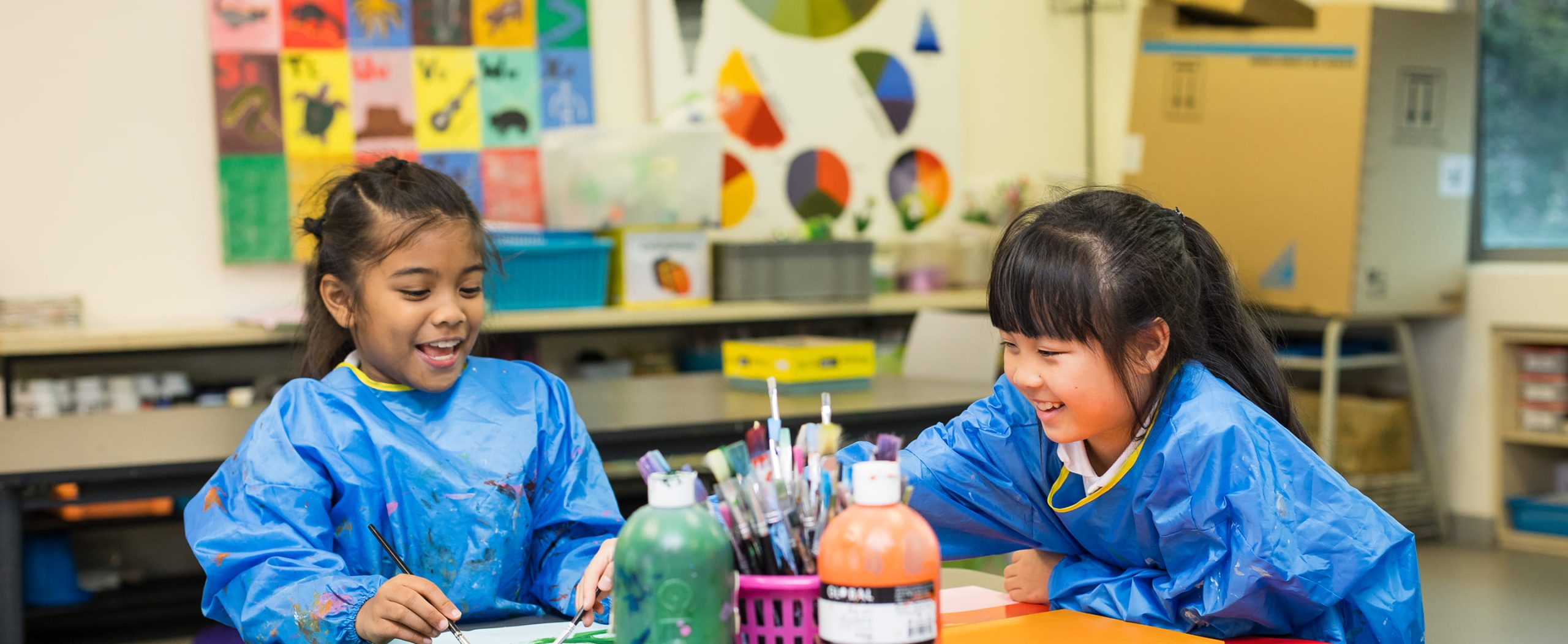Overview
AISM Junior School
Students become part of a vibrant learning community that values academic excellence, creativity and innovation. Guided by our unique Australian curriculum, those in our Junior School, aged 5 to 11, are encouraged to explore, ask questions and develop a deep love of learning. They build essential skills and the confidence to thrive both in the classroom and beyond.





Teaching & Learning
Junior School Curriculum
In our Junior School, students engage with a globally recognised, academically rigorous Australian curriculum. Here, learning goes beyond memorising facts, we nurture independent thinkers who are curious, confident and equipped with the skills to thrive as lifelong learners.
Foundation to Year 5
Aged 5 - 11
Our innovative and robust Australian curriculum brings learning to life, ensuring each child’s growth is visible and meaningful. Students are encouraged to set their own learning goals, take ownership of their progress and step into dedicated Junior leadership opportunities that build responsibility and self-belief. Learning extends beyond the classroom through enriching excursions and age-appropriate residential camps, giving students real-world experiences.


Junior School Subjects
We provide a broad and balanced curriculum that builds essential skills in literacy, numeracy, science, the arts and beyond. Alongside their class teacher students start to receive specialist teaching in several subjects.

Assessing Learning
Personalised learning begins with clear goals and meaningful assessment. These tools empower each student to understand their progress and grow with confidence.

building confidence, inspiring curosity
Junior School in Action
Take a closer look at our dynamic learning environment, where students are supported to grow academically, socially and emotionally. From our welcoming community and strong focus on student wellbeing to hands-on learning, leadership opportunities and real-world experiences, this is where confident, capable learners begin their journey.
Discover more at AISM
Start Exploring
World’s First Certified Visible Learning
Visible Learning is grounded in world-leading research, ensuring teaching strategies have the greatest impact on student achievement. The method empowers students to take ownership of their learning through clear goals, valued feedback and active reflection, fostering adaptable, collaborative and creative thinkers.
7.5-Acre Green Campus
Our 7.5-acre green campus offers purpose-built facilities with a wide range of specialist areas encouraging critical thinking, collaboration and creativity. From large sports fields and a 25-metre swimming pool to vibrant social and play areas, our campus is a dynamic and welcoming community.
Wider Learning
At AISM, education extends well beyond academics. Our extensive co-curricular and enrichment programmes provide students with opportunities to develop creativity, self-assurance and strength of character.
Outstanding Academic Results
In 2024, our Year 12 students achieved the best Higher School Certificate (HSC) results in AISM’s history, earning recognition in Australia and around the world for their outstanding academic performance. The HSC is equivalent to A-Levels or the IB Diploma.
Middle & Senior School
Middle and Senior School students pursue the New South Wales Higher School Certificate (HSC), a globally recognised pathway to top universities. With a 50/50 balance of internal and external assessments, the HSC mirrors university standards and equips students for success beyond school.
Parents at AISM
Discover what it’s like to be part of the AISM’s vibrant parent community. Supportive and welcoming, our families play an active role in shaping school life.
